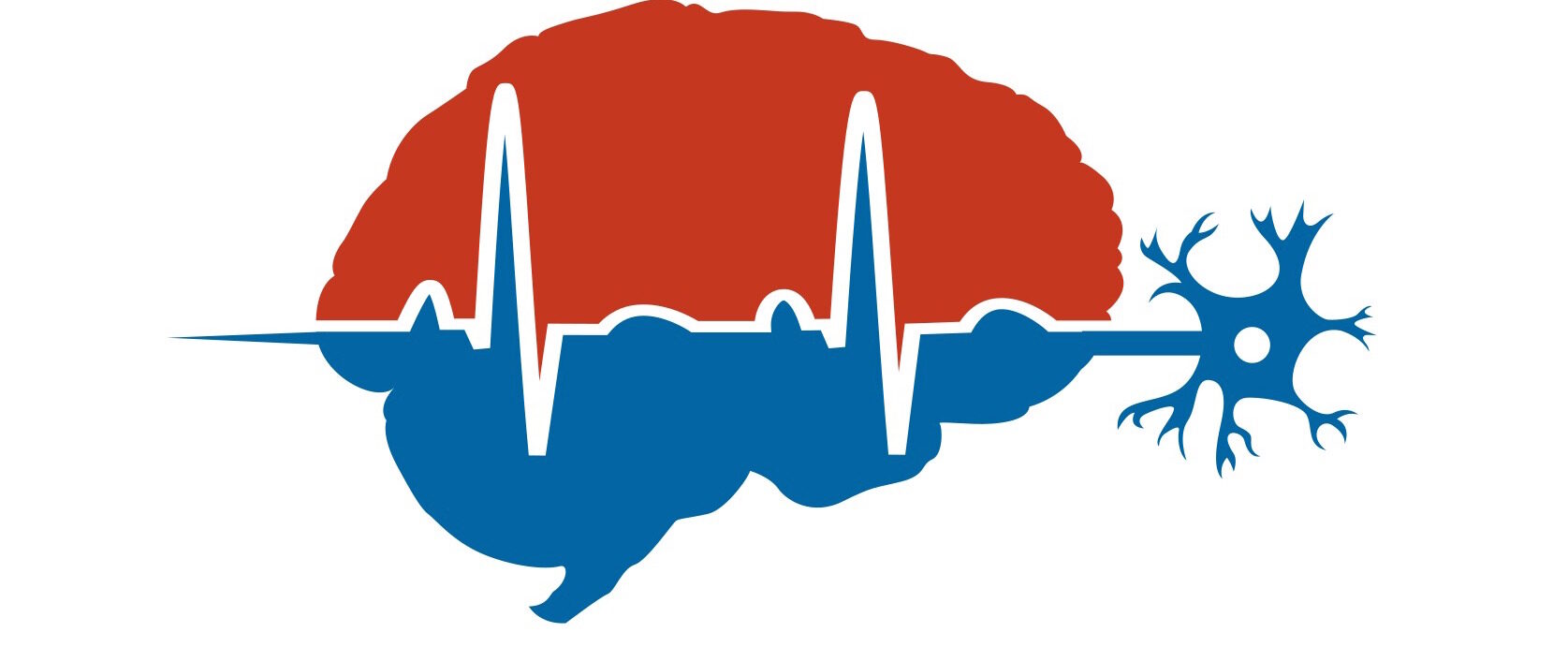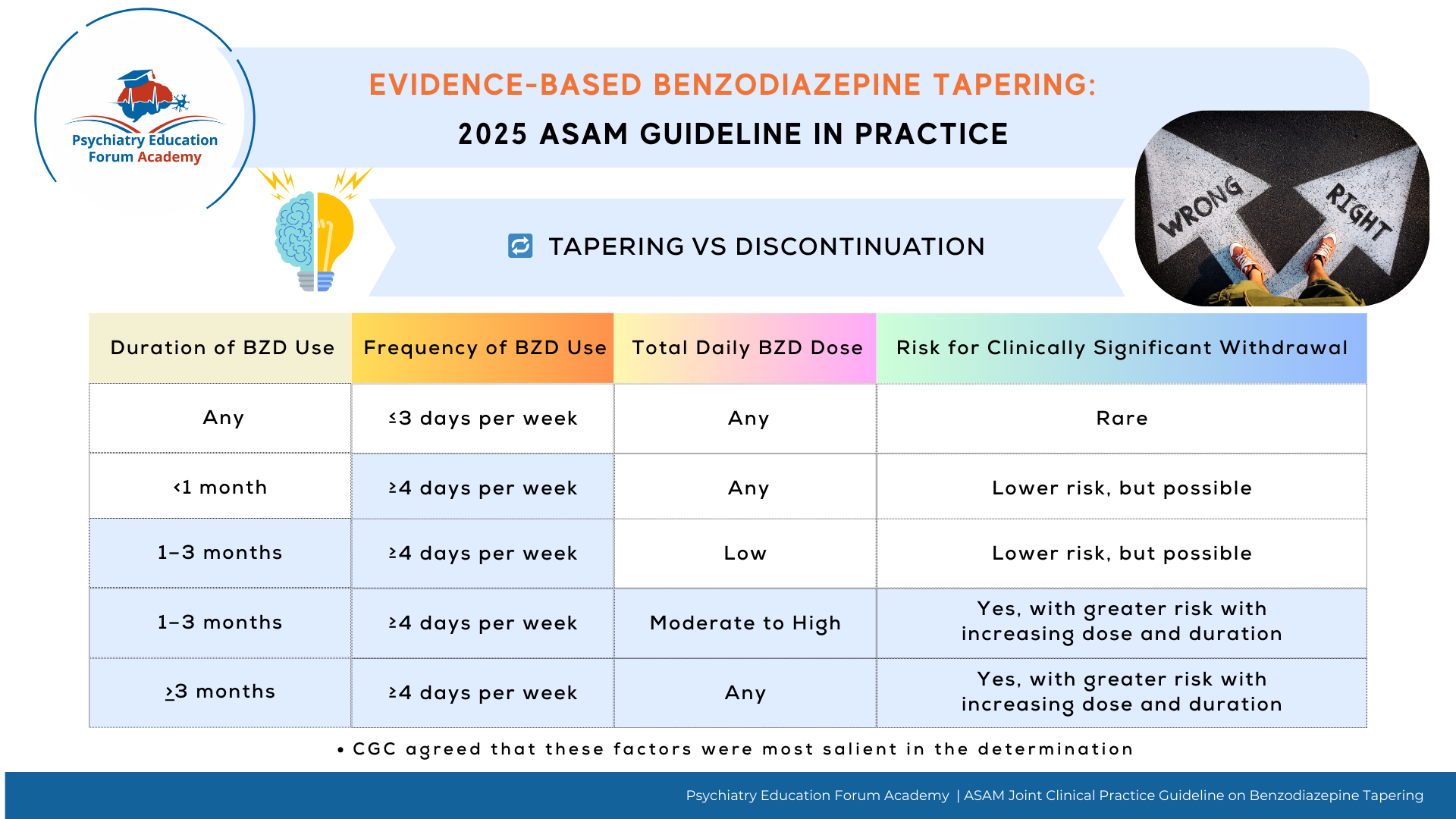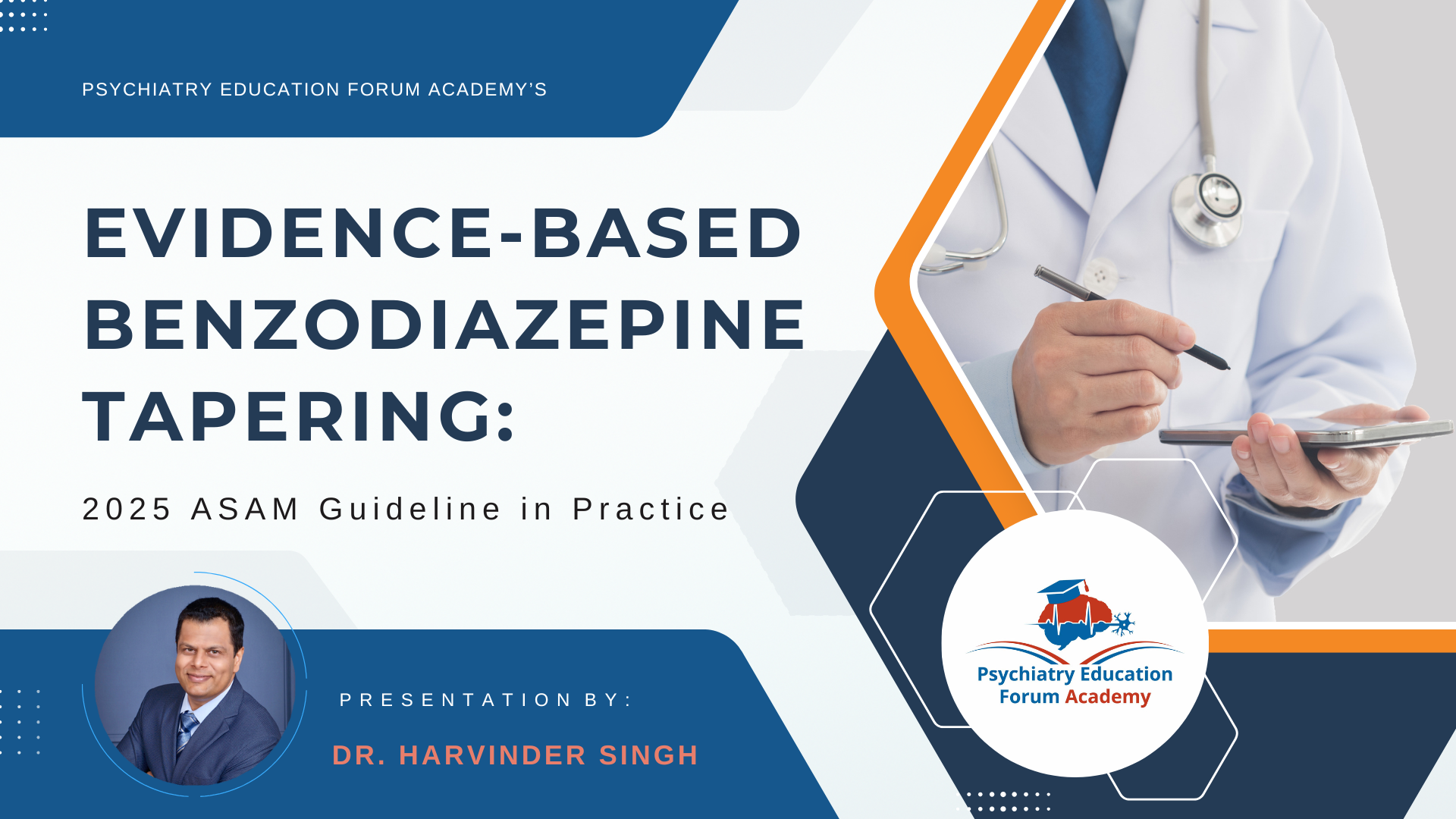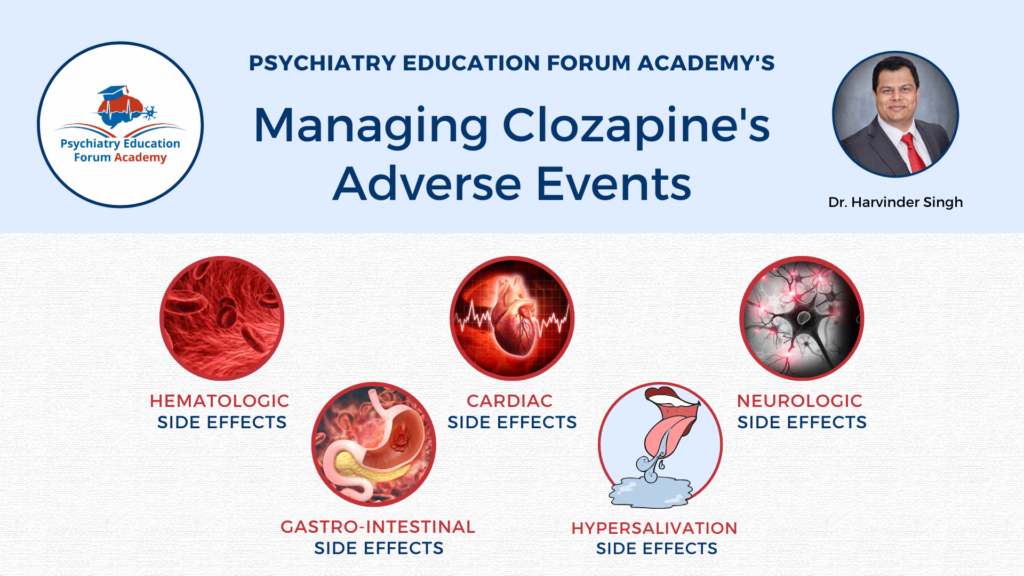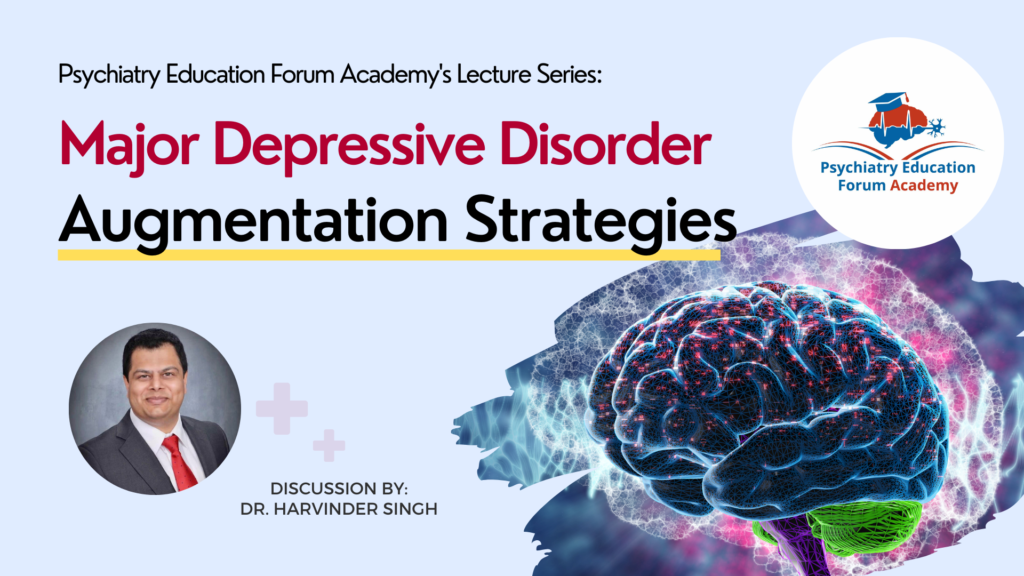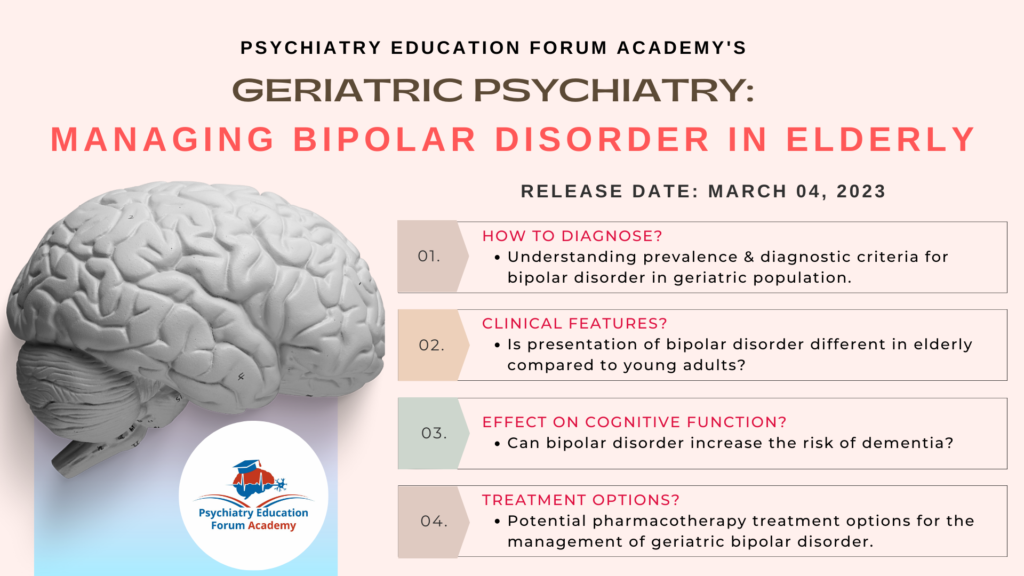How to Diagnose Prescription Benzodiazepine Physical Dependence?

One of the most important initial steps before starting a benzodiazepine taper is to determine whether the patient has developed physical dependence. The 2025 ASAM Clinical Practice Guideline on Benzodiazepine Tapering offers structured guidance to assist clinicians in this critical decision-making process.
In this blog post, we’ll summarize the three main criteria outlined by ASAM 2025 to assess benzodiazepine physical dependence, with practical insights for clinical use.
WATCH YOUTUBE VIDEO:
✅ 1. Duration of Benzodiazepine Use
ASAM highlights that longer duration of use increases the risk of physical dependence. While there’s no universally defined threshold, most patients using benzodiazepines beyond 3 to 4 weeks, especially for several months or years, are at increased risk.
Clinical Tip: Don’t rely solely on a prescription history. Ask about over-the-counter or online purchases, sharing pills, or taking old leftover prescriptions.
✅ 2. Frequency of Benzodiazepine Use
Patients taking benzodiazepines daily or near-daily are significantly more likely to have developed physical dependence compared to those using them intermittently (e.g., a few times per month).
Clinical Tip: Explore if the patient feels “normal” only after taking the benzodiazepine, or reports withdrawal-like symptoms between doses—these are indirect markers of physical dependence.
✅ 3. Total Daily Benzodiazepine Dose
Higher daily doses—especially those that exceed equivalent of 10 mg diazepam daily—are associated with a stronger likelihood of dependence. But even low doses taken daily over long durations can still result in dependence.
Clinical Tip: Convert the patient’s total daily dose to diazepam equivalents to better understand relative potency and risk.
PRESENTATION SLIDE FROM THIS COURSE:
🎥 This above Video is From Our New Course!
This summary is based on one of the video sections in our recently released course:
🧠 Evidence-Based Benzodiazepine Tapering: 2025 ASAM Guidelines in Practice
Evidence-Based Benzodiazepine Tapering: 2025 ASAM Guidelines in Practice
We continue to review and summarize clinically relevant research to support your daily practice.
INTERESTED IN ACCESS TO THIS & OTHER CLINICALLY RELEVANT LECTURE SERIES?
JOIN ACADEMY MEMBERSHIP:
This is a closed membership for medical professionals only.
- 400+ Clinically Relevant Chapters: Each chapter within these sections is of direct clinical relevance for your daily practice. (Table of Content)
- Journal Club: we will post the most recently published psychiatry articles relevant to your daily clinical practice. (Read Content)
- Clinical Case Discussion: Dr. Singh (Psychiatry) and Dr. Kaur (Family Medicine) discuss clinical cases to integrate the clinical cases from Psychiatry and Medicine. (Read Content)
- Monthly Insights: Gain access to our monthly sessions featuring the latest on recent publications, new medication approvals, FDA updates, and more. (Monthly Insights)
- Discussion Forum & Community: Connect with other medical professionals and discuss your difficult-to-treat clinical cases. (Academy Network)
- Goal: is to have all important clinically relevant topics in one place for ease of access.
DISCOUNTS AVAILABLE FOR: Residents & Students ONLY.
Email us your student information (program information and way to confirm your student status) to: [email protected]
© 2025 All Rights Reserved.
